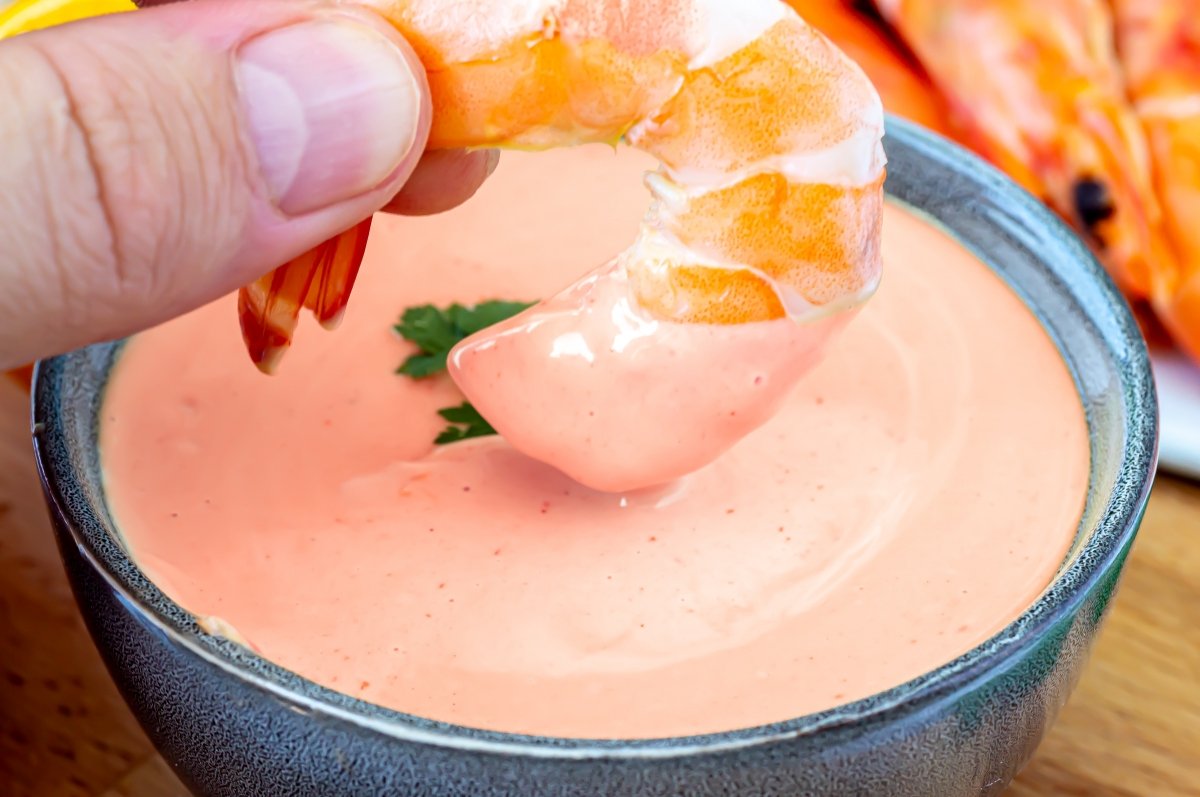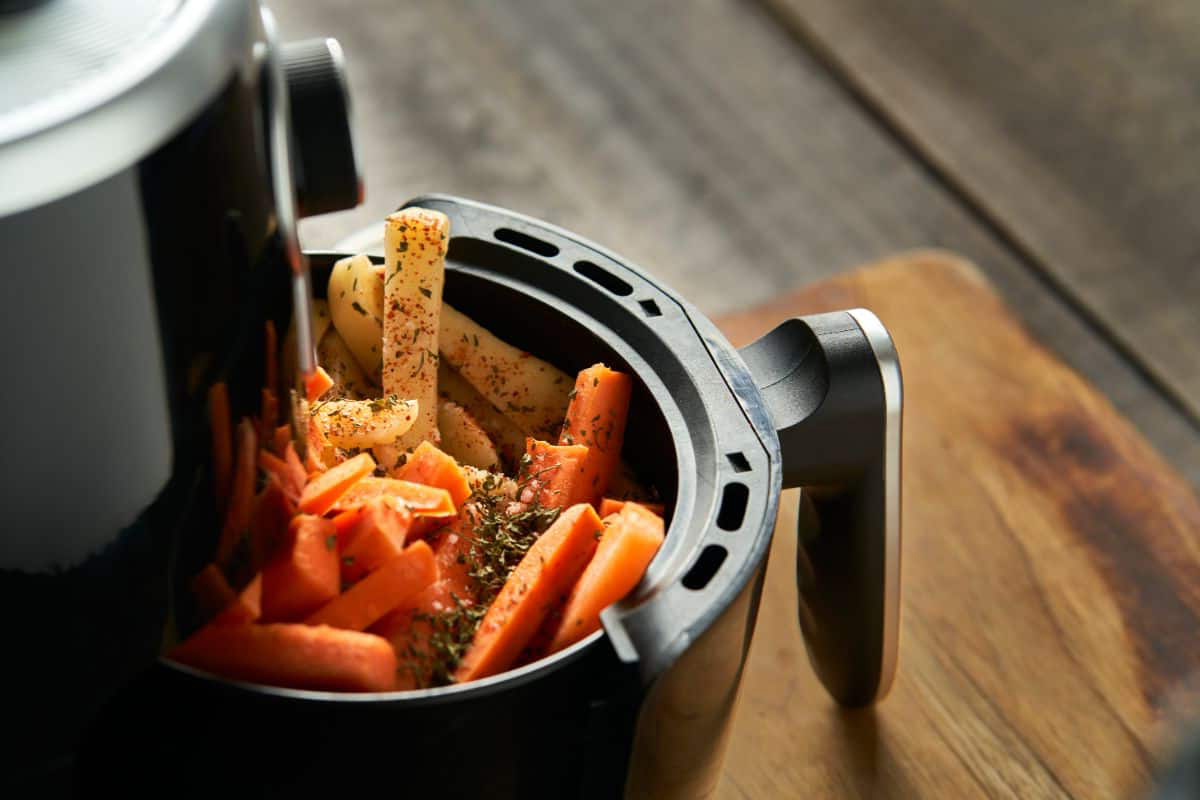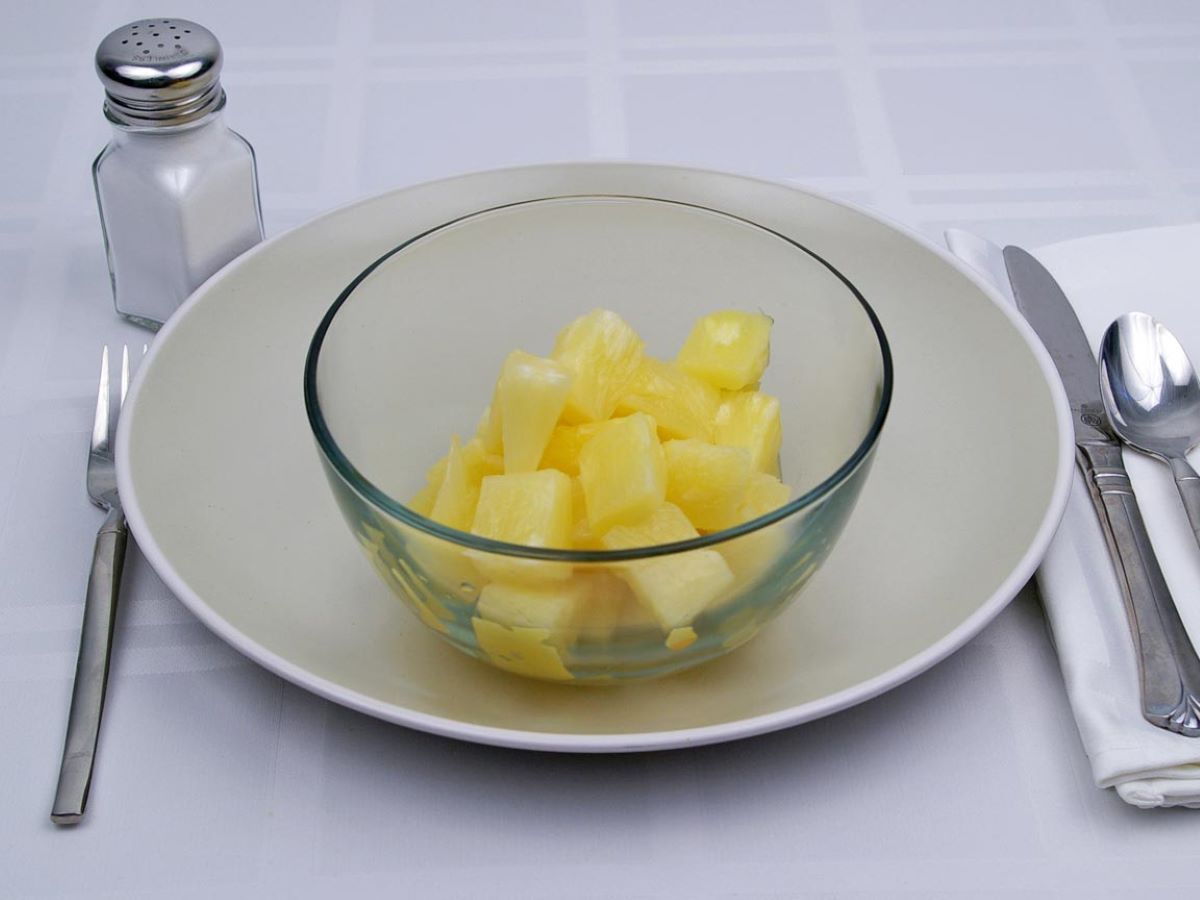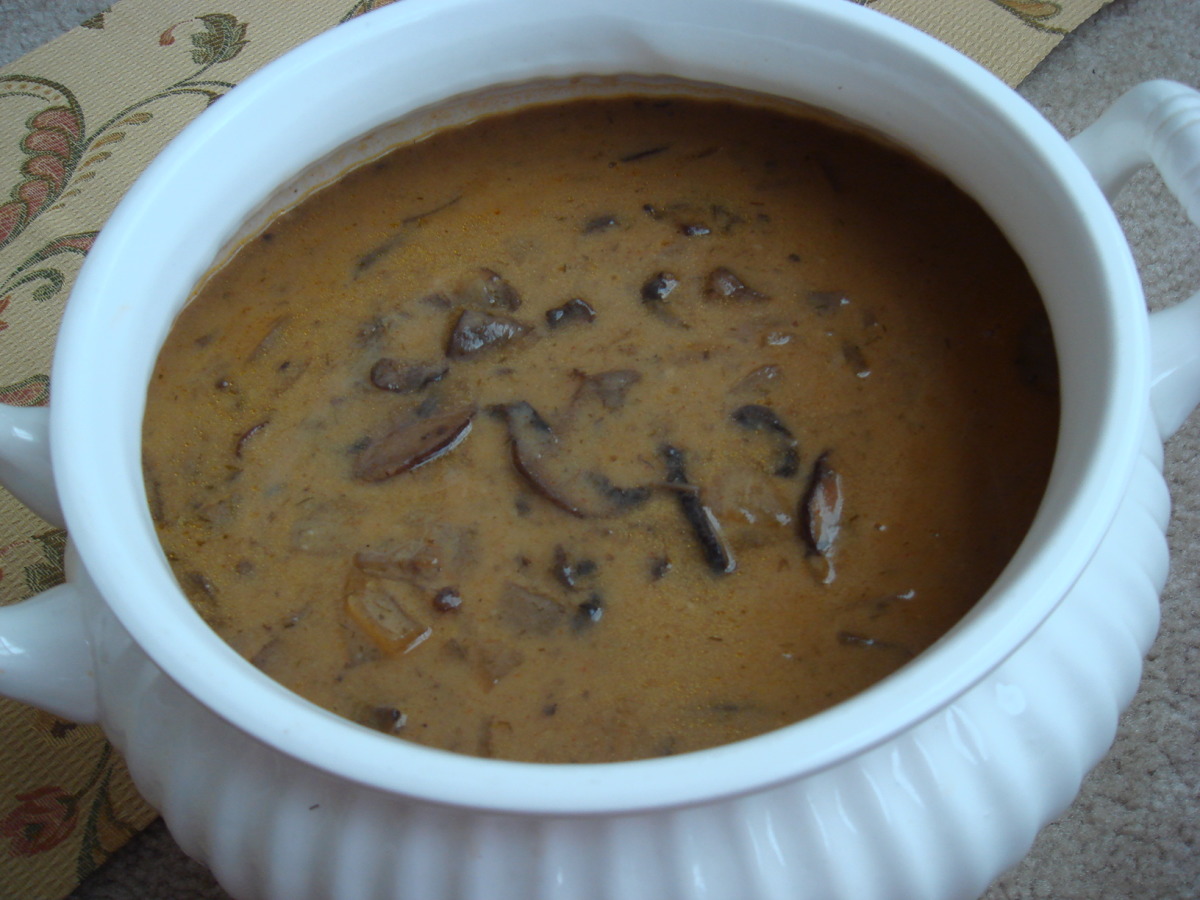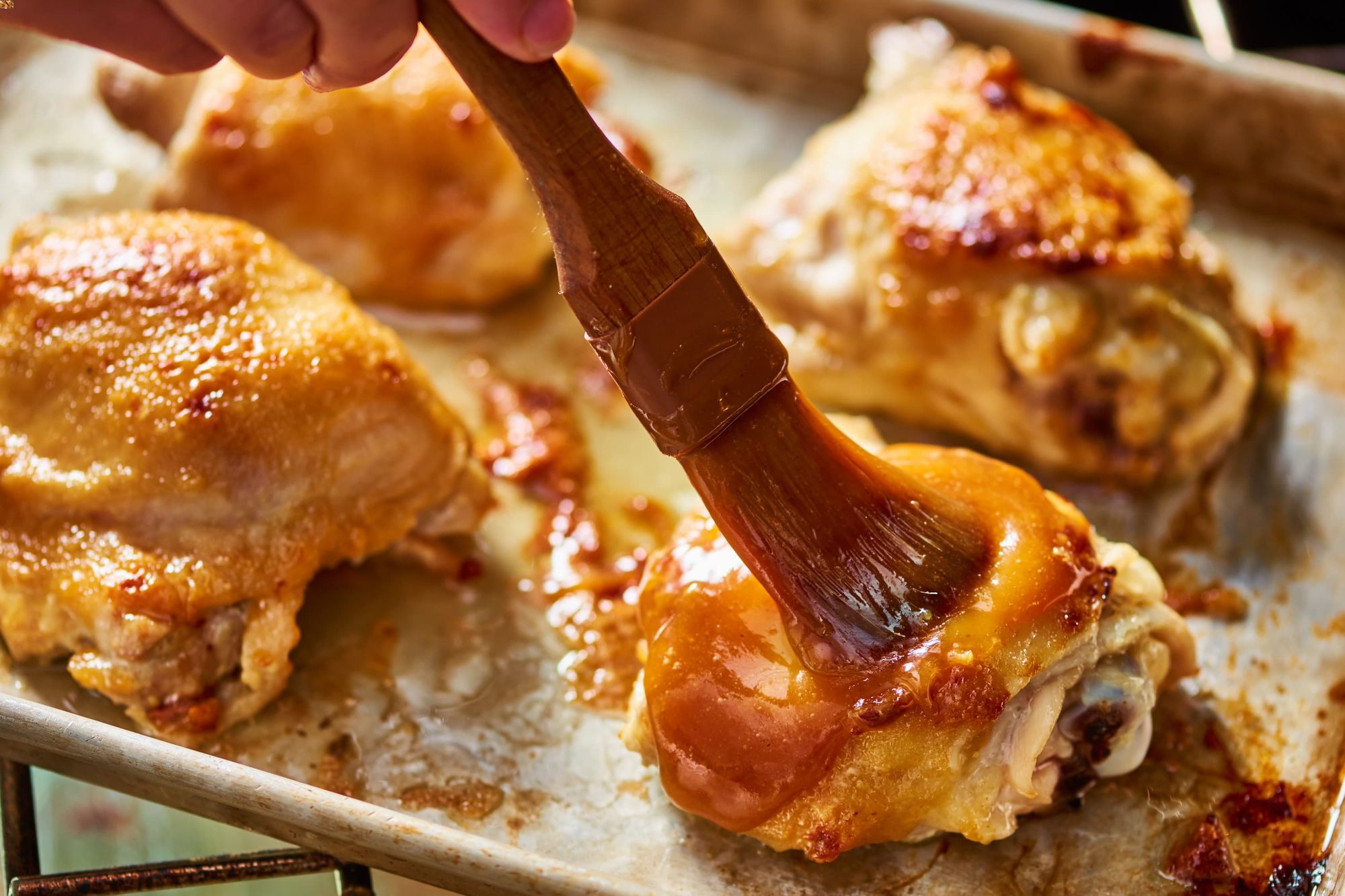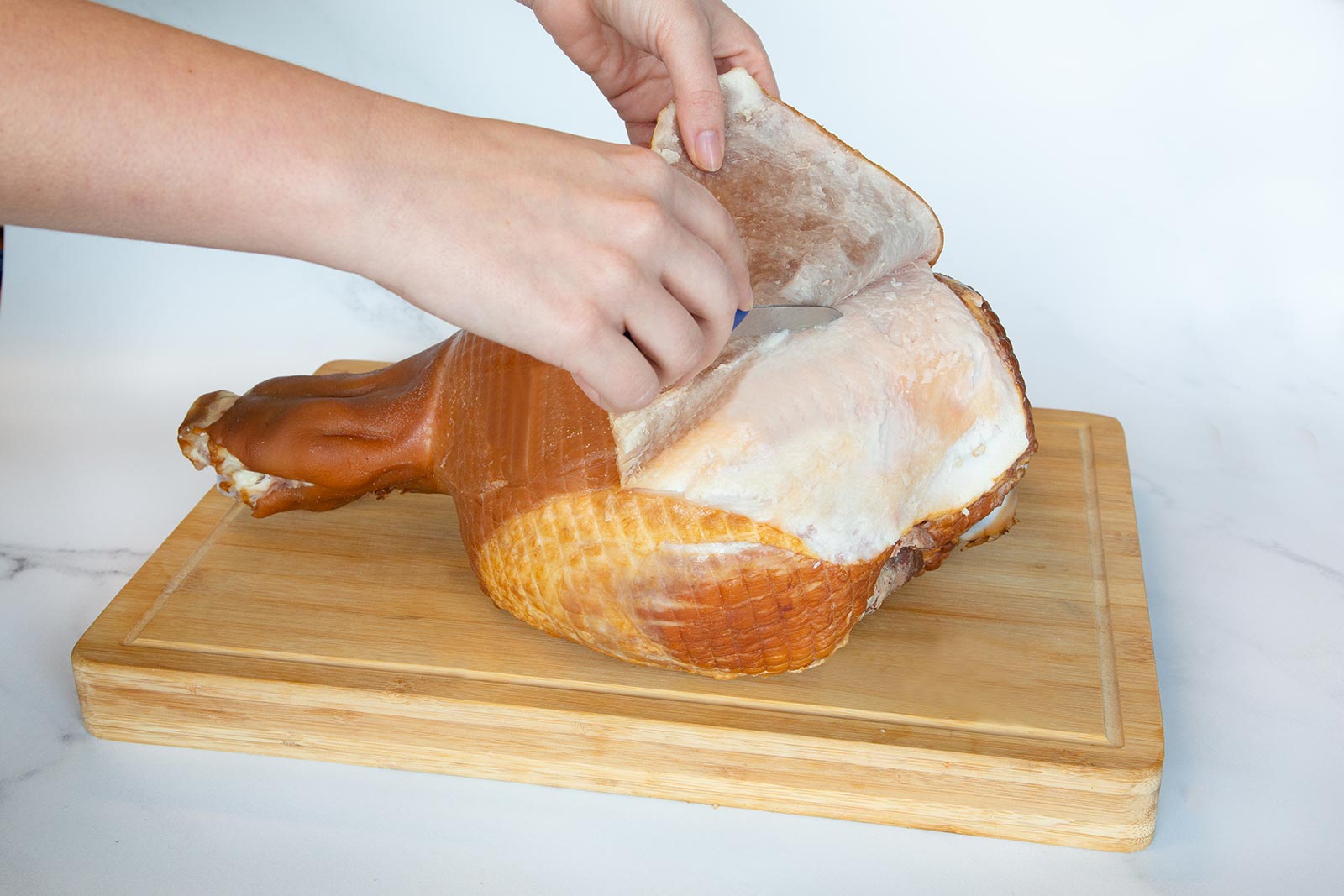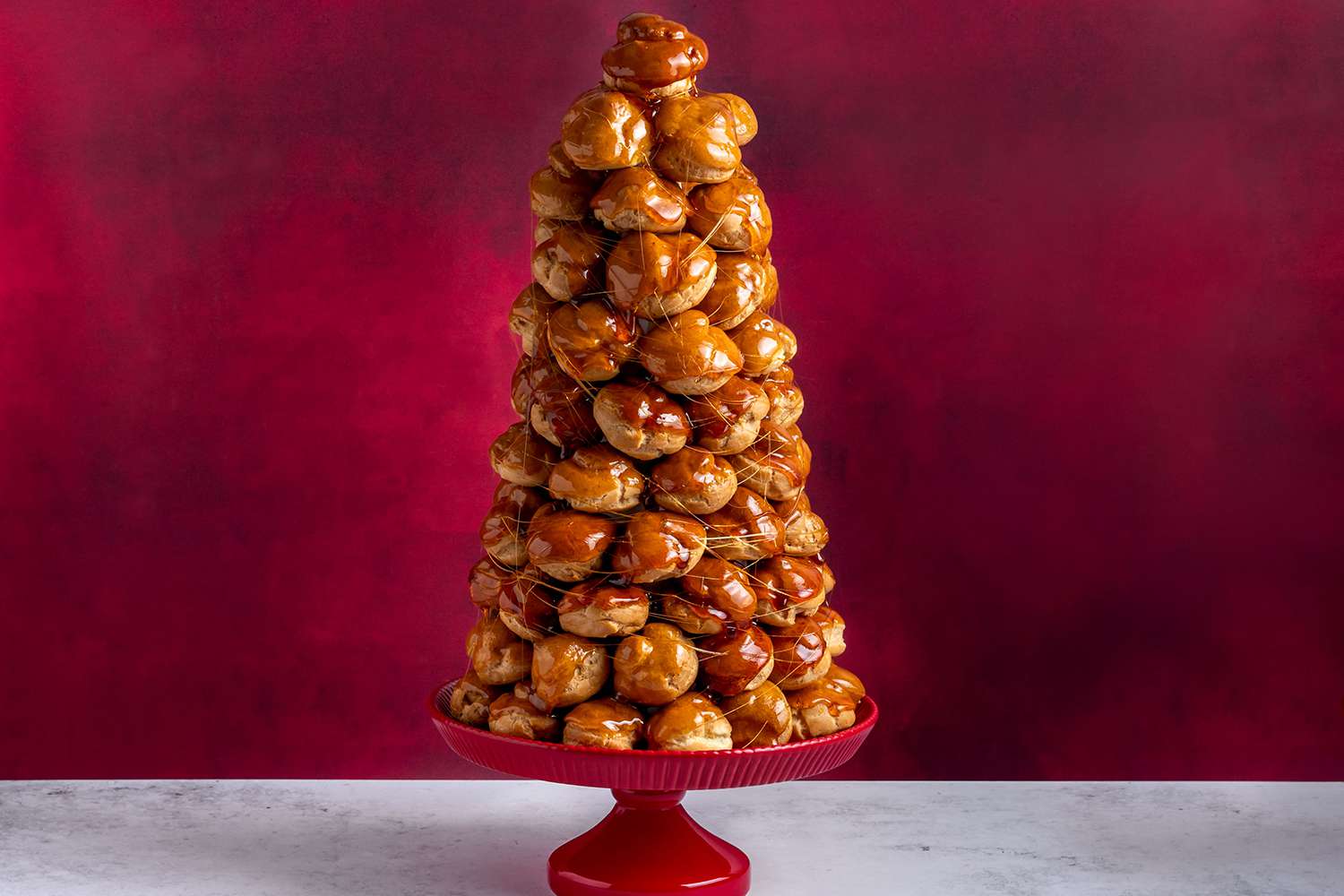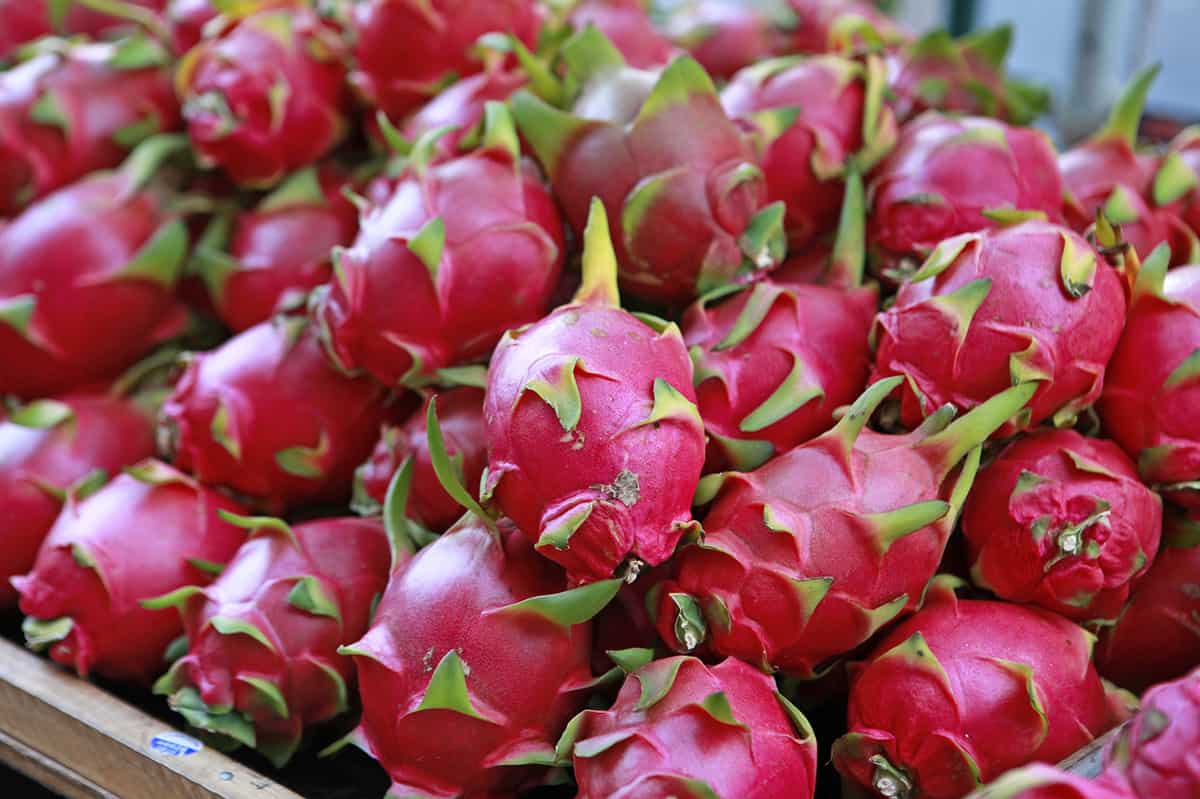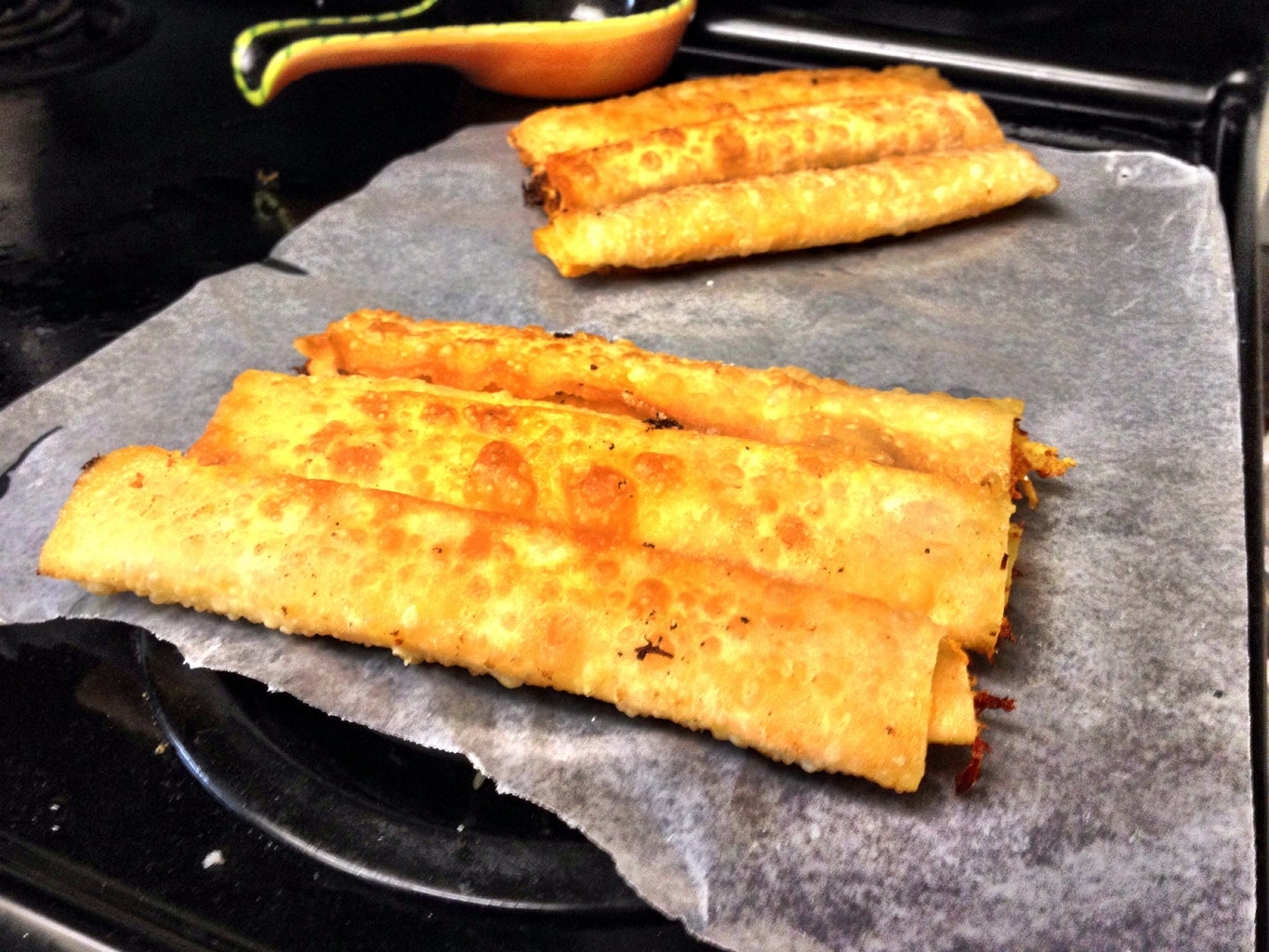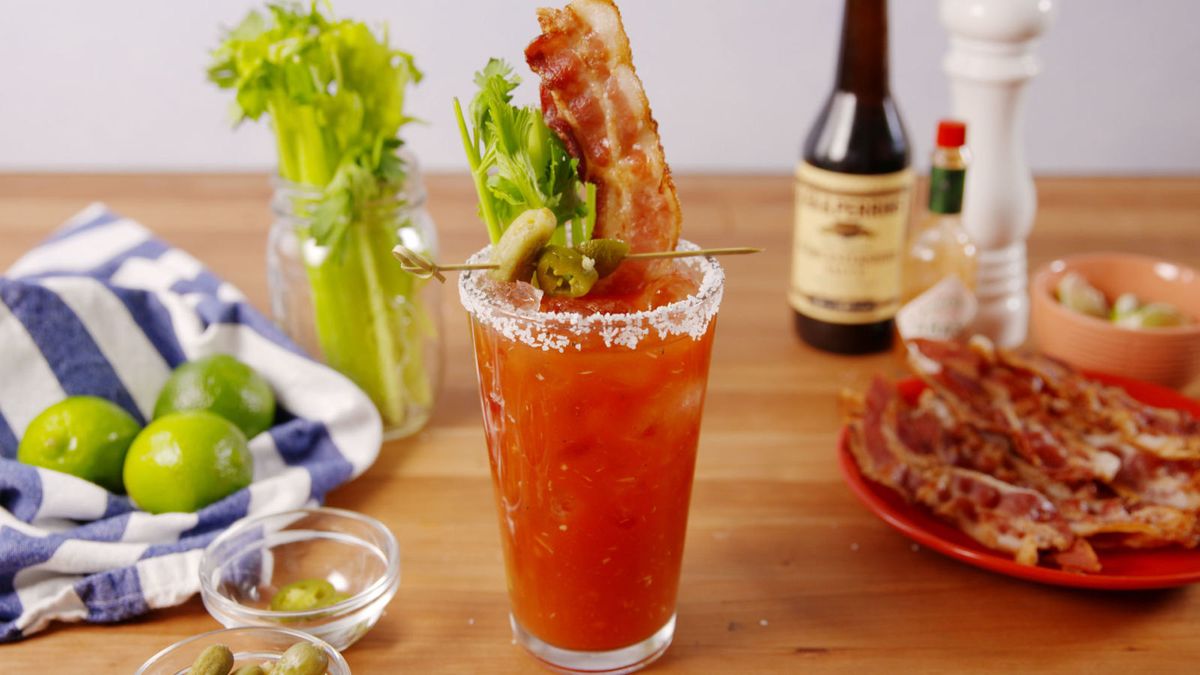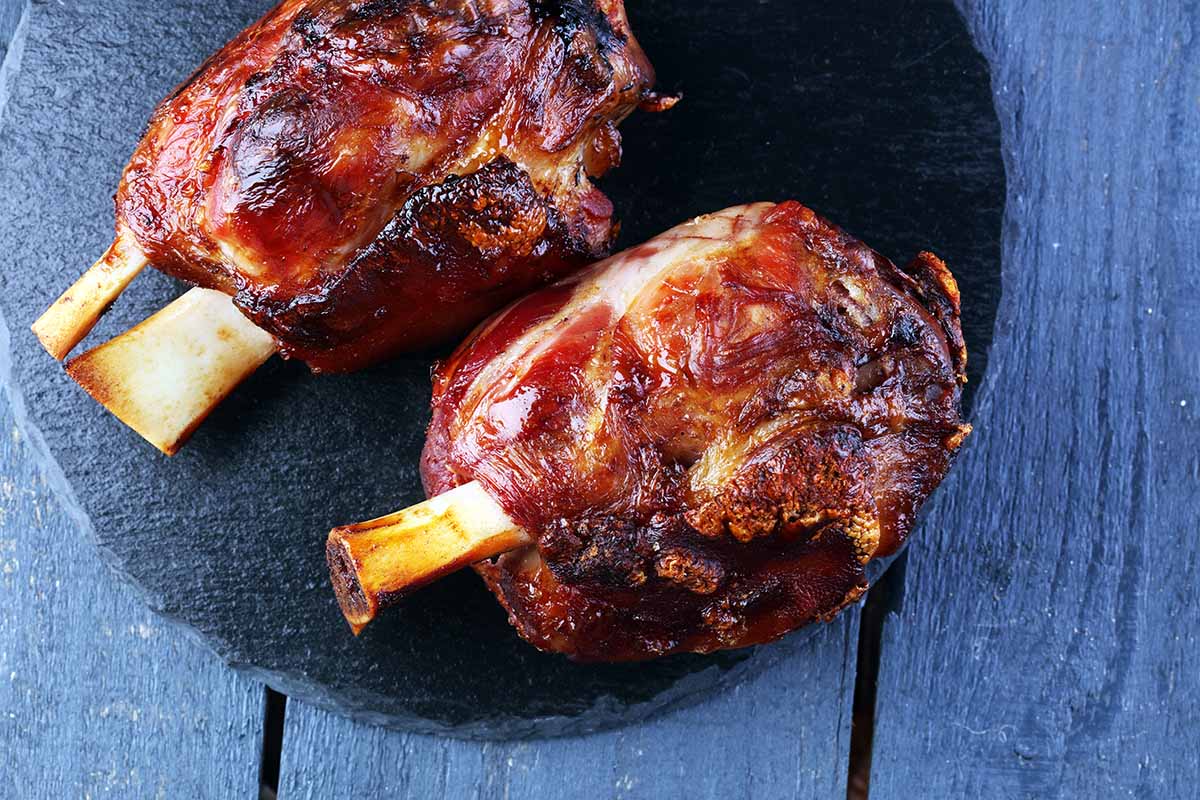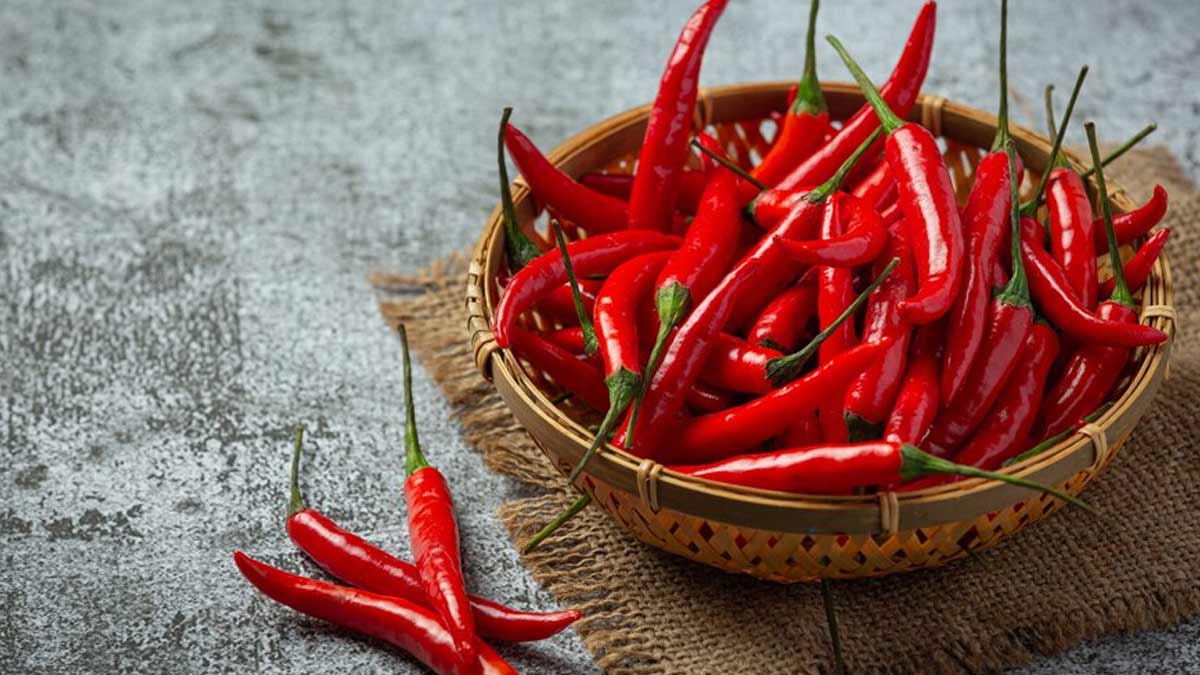When it comes to Japanese cuisine, two popular cooking styles that often get mixed up are hibachi and teriyaki. While both are delicious and have their own unique flavors, they are quite different from each other. Let's dive into the details and explore the differences between these two cooking styles.
Hibachi:
Hibachi is a traditional Japanese heating device that consists of a small, portable grill. In the United States, the term "hibachi" is often used to refer to a style of cooking where the chef prepares the food on a flat grill in front of the diners at a restaurant. Here are some key points about hibachi cooking:
-
Cooking Method: Hibachi cooking involves grilling bite-sized pieces of meat, seafood, and vegetables on a flat iron grill. The chef uses various techniques such as flipping, tossing, and chopping the ingredients with utensils to create an entertaining and interactive dining experience.
-
Flavor Profile: The flavors of hibachi-cooked dishes are often enhanced with soy sauce, teriyaki sauce, and a blend of seasonings. The high heat of the grill caramelizes the sugars in the sauces, resulting in a savory and slightly sweet taste.
-
Entertainment Factor: One of the highlights of hibachi dining is the theatrical performance put on by the skilled chefs. They showcase their culinary expertise by juggling utensils, creating onion volcanoes, and producing bursts of flames, captivating the diners with their showmanship.
Teriyaki:
Teriyaki is a cooking technique and a sauce that is widely popular in Japanese cuisine and has gained popularity worldwide. Here's what you need to know about teriyaki:
-
Cooking Method: Teriyaki dishes are typically prepared by grilling or broiling the ingredients after they have been marinated in a sweet and savory teriyaki sauce. The sauce, made from soy sauce, mirin, and sugar, gives the dish its signature glaze and flavor.
-
Flavor Profile: Teriyaki sauce adds a glossy sheen and a rich, sweet-savory flavor to the grilled or broiled meats, seafood, or vegetables. The sauce caramelizes during the cooking process, creating a deliciously sticky coating on the food.
-
Versatility: Teriyaki sauce can be used on a wide variety of ingredients, making it a versatile option for adding flavor to different dishes. It can be used as a marinade, a glaze, or a dipping sauce, offering a range of culinary possibilities.
Key Differences:
Now that we've explored the basics of hibachi and teriyaki, let's summarize the key differences between the two:
-
Cooking Method: Hibachi involves grilling small, bite-sized pieces of food on a flat iron grill, often with an entertaining chef performance, while teriyaki involves marinating and grilling or broiling the ingredients with a sweet and savory teriyaki sauce.
-
Flavor Profile: Hibachi dishes are known for their savory and slightly sweet flavors, often enhanced with soy sauce and teriyaki sauce, while teriyaki dishes feature a rich, sweet-savory flavor from the caramelization of the teriyaki sauce during cooking.
-
Entertainment Factor: Hibachi dining offers an interactive and entertaining experience with skilled chefs showcasing their culinary skills, while teriyaki cooking focuses on the flavorful marination and grilling process.
In conclusion, while both hibachi and teriyaki offer delicious Japanese-inspired dishes, they each have their own distinct cooking methods, flavor profiles, and dining experiences. Whether you're in the mood for an entertaining culinary show or a flavorful grilled dish, understanding the differences between hibachi and teriyaki can help you appreciate and enjoy these unique cooking styles even more.
Was this page helpful?
Read Next: What Is A Dutch Oven Substitute
